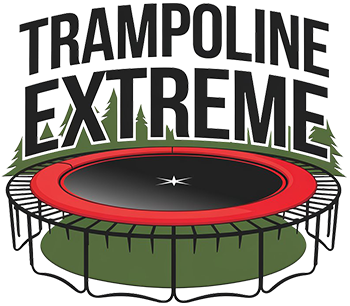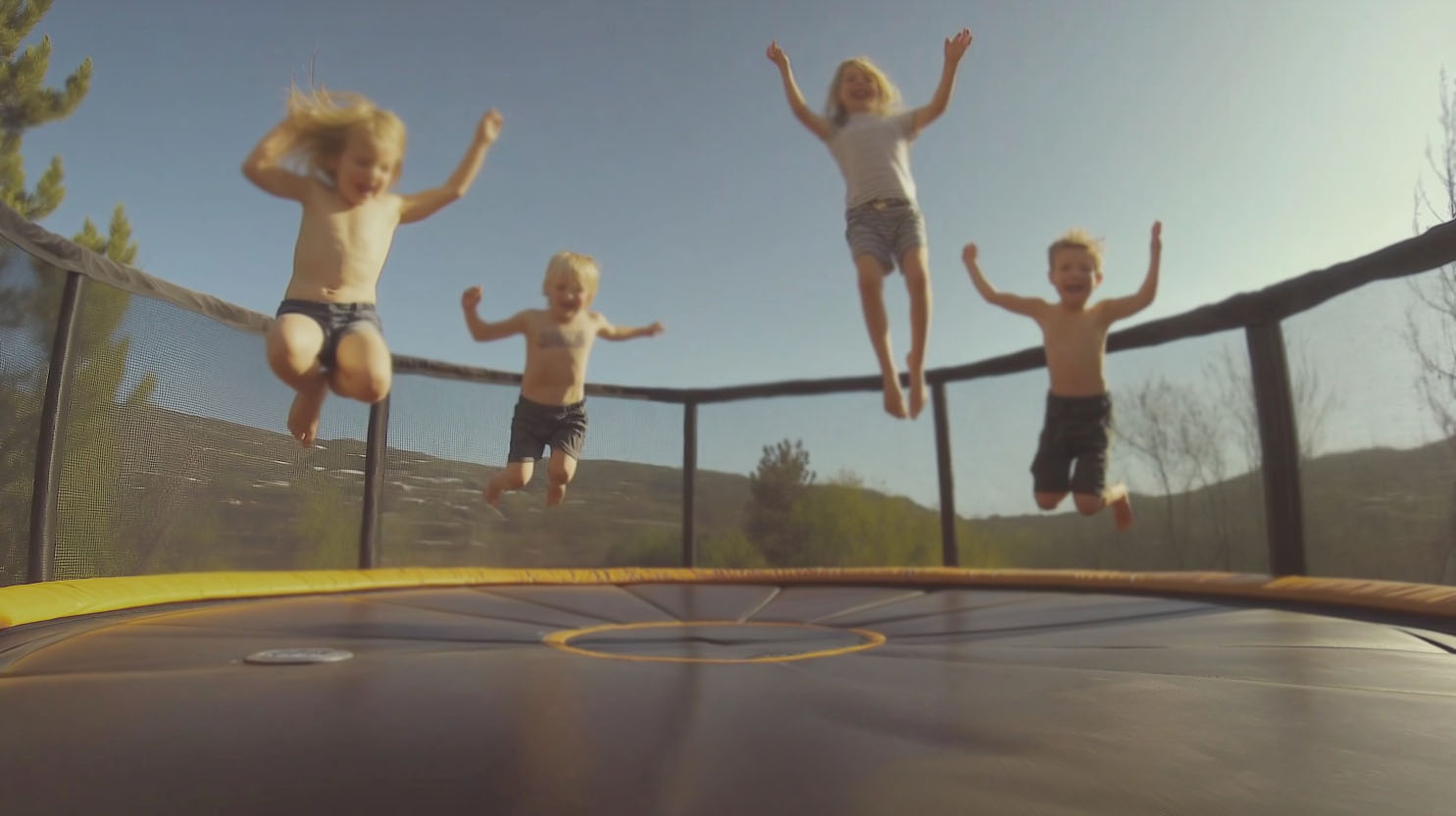Trampolines have become a popular way to combine exercise with fun. Kids and adults alike enjoy the thrill of jumping and the physical benefits that come with it.
- Family needs
- Available space
- Intended use
Each type has distinct advantages and drawbacks that should be carefully considered before making a purchase.
Indoor Trampolines
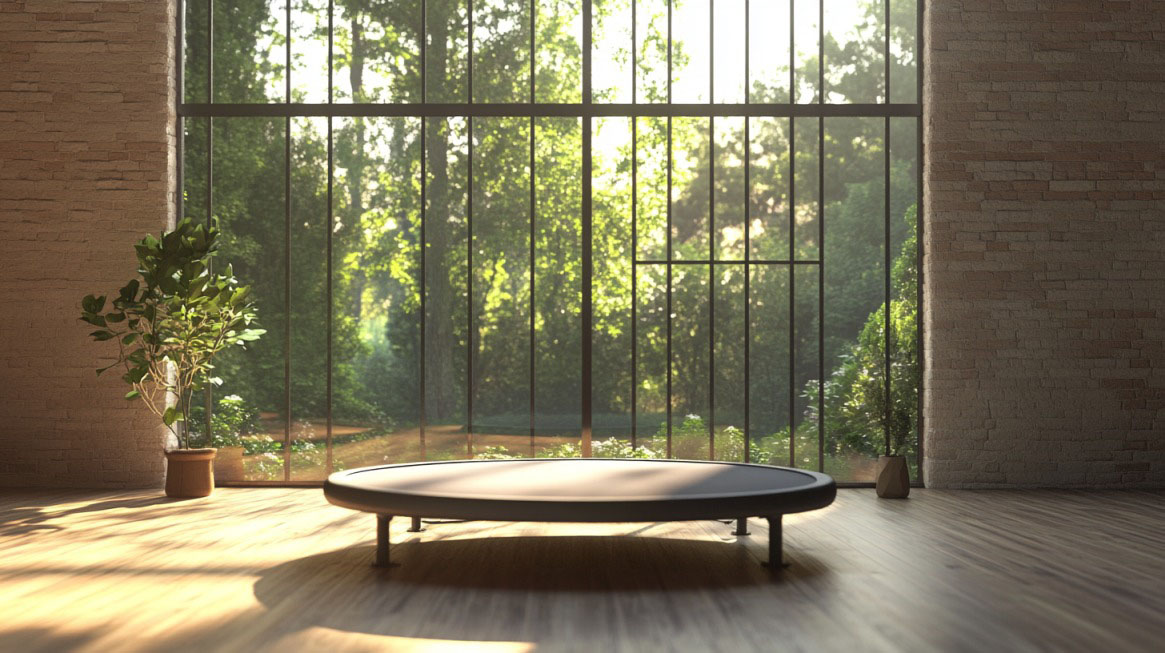
Indoor trampolines have gained popularity for their convenience and versatility.
Parents looking for a safe and consistent way to keep their children active often turn to indoor trampolines as a solution. Unlike outdoor models, indoor trampolines provide a controlled environment that allows for year-round use, even when weather conditions aren’t favorable.
Compact designs make them ideal for smaller homes or apartments, and their enhanced safety features provide peace of mind for parents.
| Pros | Cons |
|---|---|
| Year-Round Use – Usable in all weather conditions for consistent exercise and play. | Limited Bounce – Smaller size and softer materials provide less bounce. |
| Compact Size and Portability – Fits well in small spaces and easy to move or store. | Limited Capacity – Designed for one person at a time, limiting group use. |
| Easy Assembly – Quick setup, usually within an hour, with no special tools needed. | Durability Issues – Softer materials wear down faster and may tip over. |
| Enhanced Safety – Lower bounce and padded frames reduce injury risk. Easy to supervise indoors. | Higher Cost – More expensive due to added safety features and design. |
| Low Maintenance – Requires minimal cleaning and no weatherproofing. | / |
Outdoor Trampolines
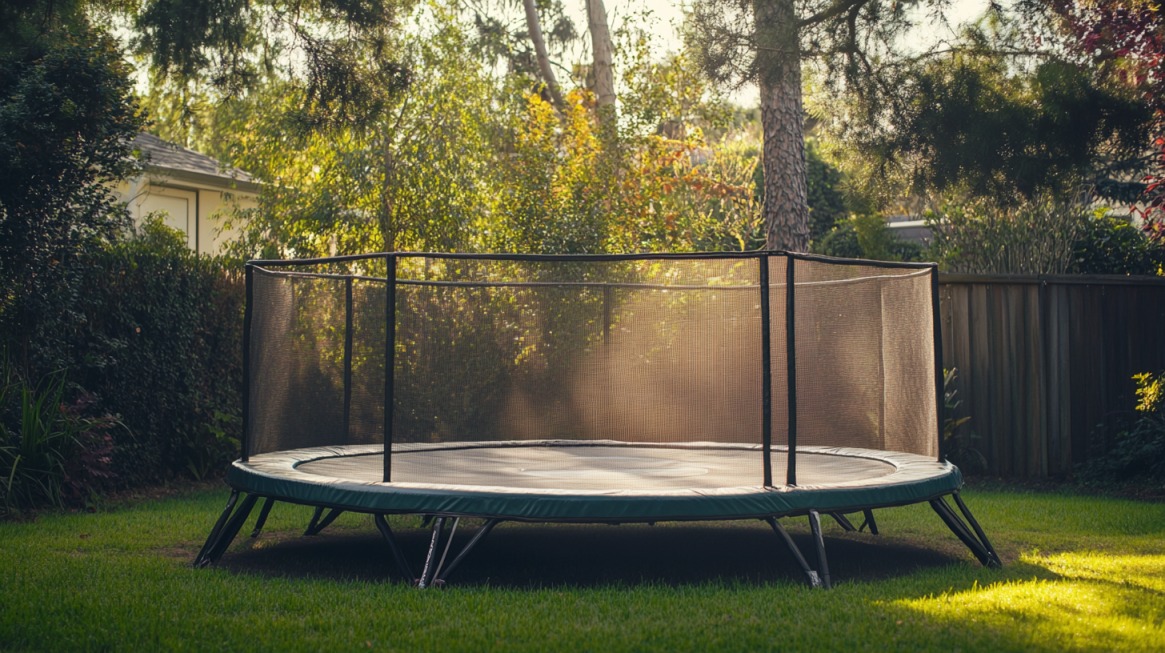
Outdoor trampolines provide a larger, more versatile space for jumping and playing.
Ideal for families with bigger yards, they offer an exciting option for kids and adults looking for more height and intensity in their bouncing sessions.
Built to withstand outdoor elements, they deliver long-term durability and social play opportunities.
While they require more space and maintenance, the benefits of outdoor trampolines often outweigh the downsides for those looking to maximize fun and exercise.
| Pros | Cons |
|---|---|
| More Bounce – Stronger springs and larger size allow higher jumps, ideal for older kids and adults. | Weather Dependency – Unusable during rain or snow unless covered; sun and moisture weaken materials. |
| Greater Durability – Weather-resistant materials and UV protection increase lifespan. | Higher Maintenance – Requires regular cleaning, weatherproofing, and anchoring during storms. |
| Larger Jump Area – More room for multiple jumpers and creative play. | Challenging Assembly – Setup can take up to 4–5 hours and may require multiple people. |
| Outdoor Experience – Fresh air and sunlight improve physical and mental well-being. | Space Requirement – Needs significant yard space, limiting other outdoor activities. |
| Affordability – Generally cheaper than indoor trampolines. | / |
Factors to Consider When Choosing
Choosing the right trampoline requires more than just picking between indoor and outdoor models. Trampolines vary in size, design, and functionality, so matching them to specific needs helps ensure they deliver both fun and value.
Factors such as available space, user age and skill level, frequency of use, and budget all impact which type of trampoline works best for a household.
Careful consideration of these elements helps avoid disappointment and maximizes the trampoline’s lifespan and safety.
Available Space
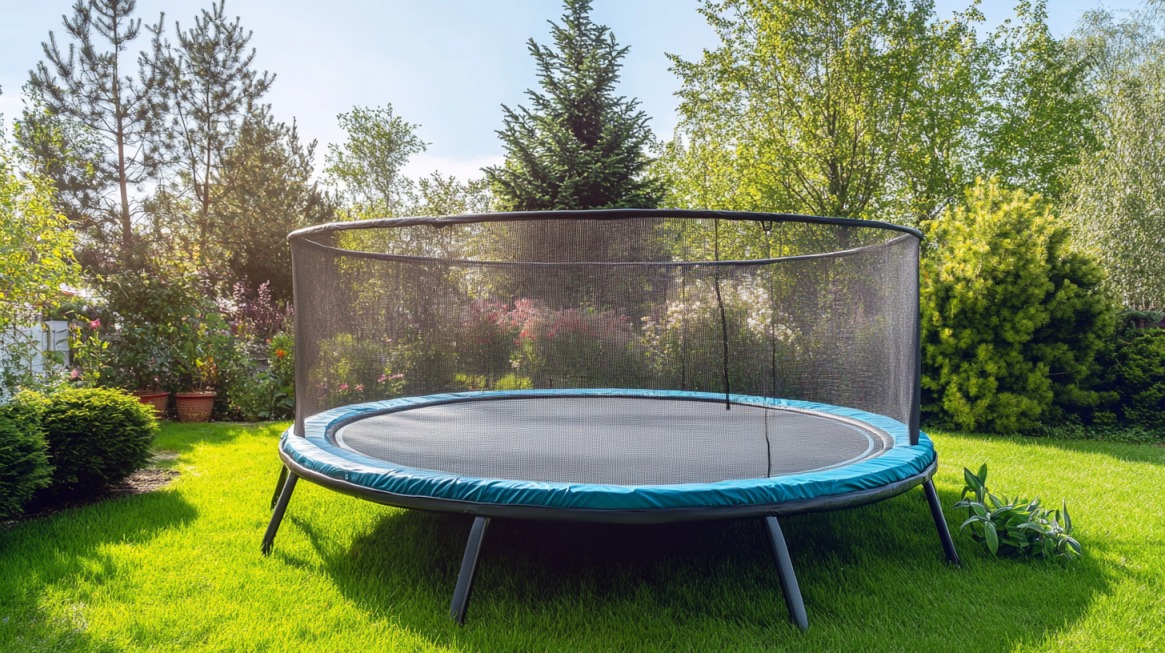
Space limitations play a major role in determining the best trampoline option.
Trampolines require enough room for safe use, including adequate clearance on all sides to reduce the risk of injury.
Placement and storage should also be factored into the decision.
| Indoor | Outdoor |
|---|---|
| Suitable for small homes, apartments, or confined spaces. | Ideal for larger backyards or open areas. |
| Can be positioned in playrooms, basements, or garages. | Requires enough space around the trampoline to avoid collisions with fences, trees, or garden furniture. |
| Compact designs allow for easy storage when not in use. | Larger models often need extra room for safety nets and padding. |
| Lightweight models make it easy to reposition the trampoline when needed. | Sun and weather exposure may require choosing a shaded spot or investing in a protective cover. |
| Ceiling height should be considered to ensure enough clearance for jumping. | Ground conditions matter, placing the trampoline on flat, even ground enhances safety and performance. |
Age and Skill Level
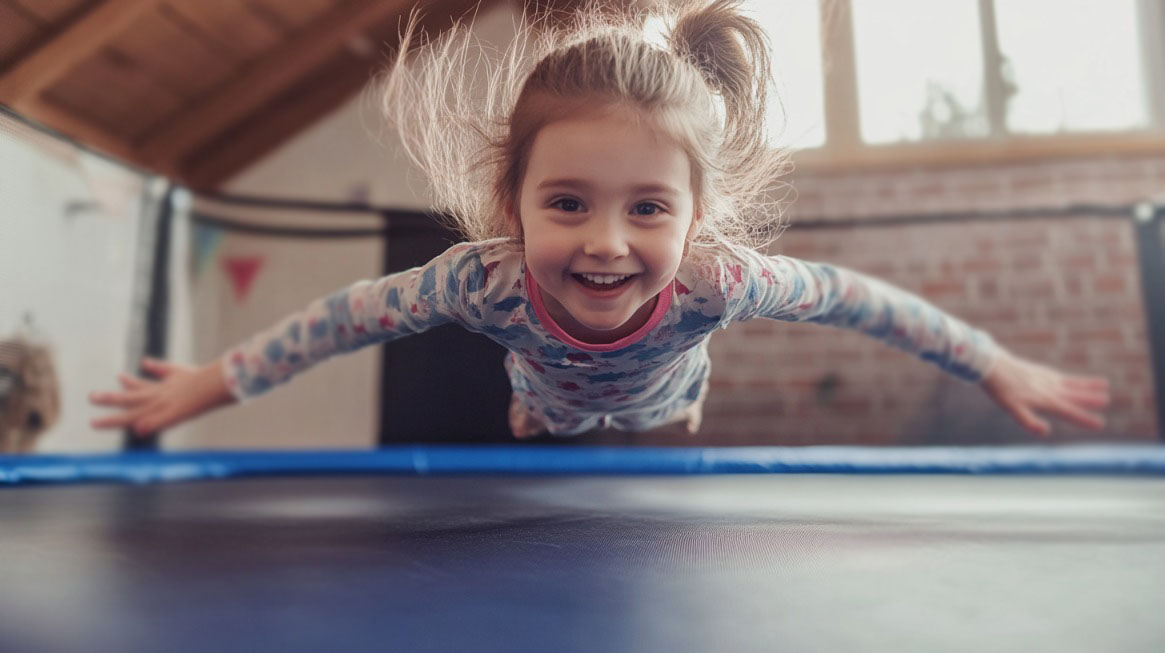
The age and experience of the users affect trampoline safety and overall enjoyment.
Younger children require more stability and lower bounce levels to prevent accidents, while older kids and adults may seek higher jumps and more room for tricks.
| Indoor | Outdoor |
|---|---|
| Designed with softer materials and lower bounce levels, reducing the risk of injury for younger kids. | Stronger springs and larger jump surfaces create higher bounce potential, appealing more to older kids and adults. |
| Padded frames and soft springs provide additional protection. | Larger models accommodate multiple jumpers at once, encouraging social play and group interaction. |
| Smaller size makes it easier for parents to monitor kids closely. | Sturdy frames and weather-resistant materials provide added stability. |
| Limited capacity reduces the chance of multiple jumpers colliding. | Higher bounce capability allows for more complex tricks and stunts. |
| Handles or safety bars can be added for additional balance and support. | Safety enclosures or padding are essential for reducing injury risks during group use. |
Frequency of Use
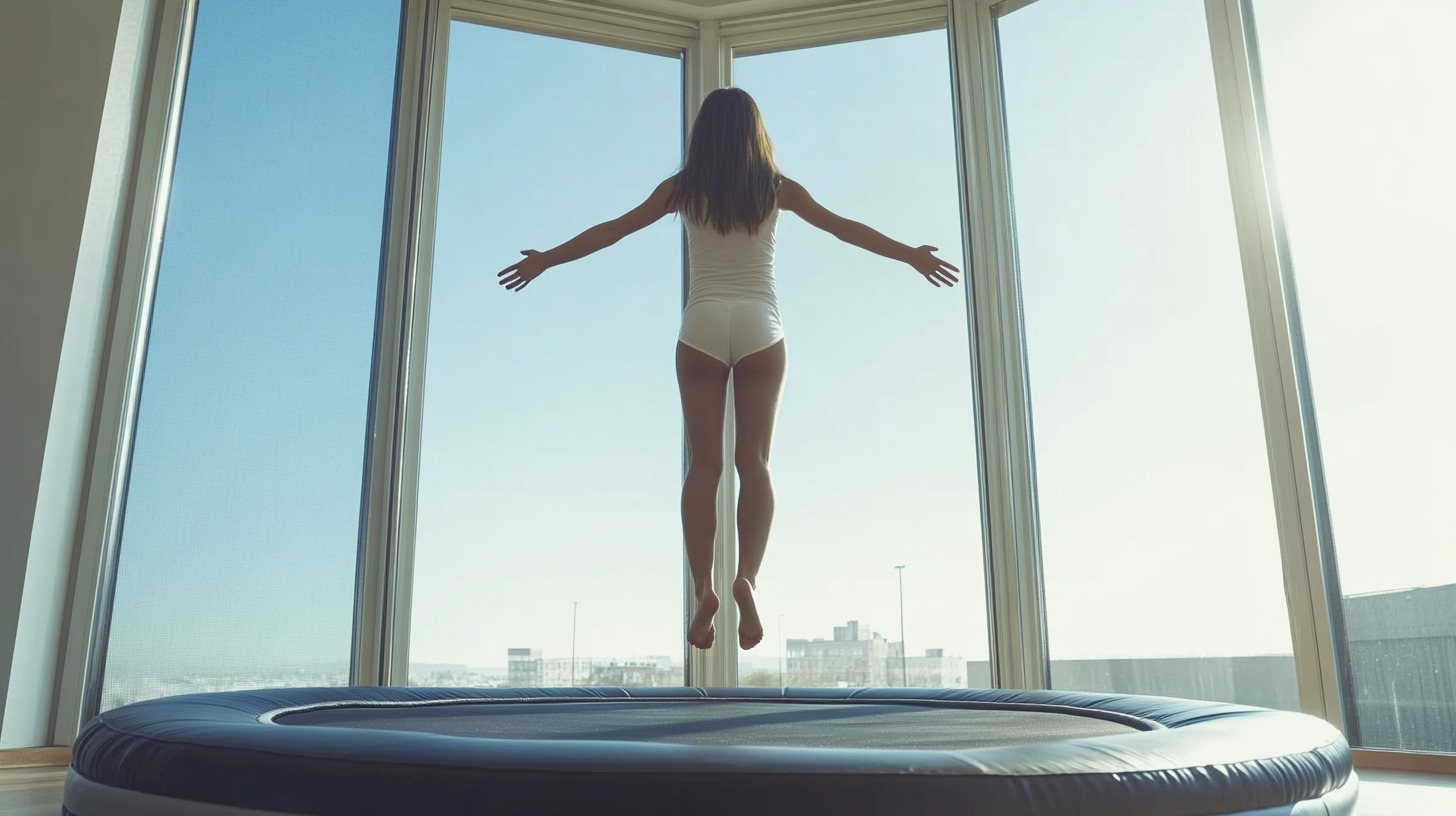
How often a trampoline will be used affects the decision between indoor and outdoor models.
Weather, space availability, and convenience all play a role in determining how often the trampoline will get used.
| Indoor | Outdoor |
|---|---|
| Provides year-round access since weather conditions have no effect. | Usage depends on favorable weather conditions. |
| Consistent availability supports a regular exercise routine. | Rain, snow, or extreme temperatures may limit jumping sessions. |
| No exposure to rain, snow, or extreme heat extends the trampoline’s lifespan. | Covers and weatherproofing materials protect against sun and moisture damage. |
| Lower maintenance requirements since dirt and debris are less of an issue indoors. | Seasonal maintenance, including cleaning and checking for rust or damage, becomes necessary. |
| Compact size makes it easy to relocate or store when not in use. | Higher bounce levels and larger size make outdoor trampolines more engaging during warmer months. |
Budget

Initial and long-term costs vary significantly between indoor and outdoor trampolines.
Evaluating both the upfront price and ongoing maintenance expenses helps in selecting a trampoline that aligns with financial limitations.
| Indoor | Outdoor |
|---|---|
| Higher initial costs due to compact design and specialized safety features. | More budget-friendly upfront cost for larger models. |
| Long-term savings with reduced maintenance and no need for weatherproofing. | Additional expenses for weatherproofing, protective covers, and anchoring increase total costs. |
| Compact models and lightweight materials reduce shipping and assembly costs. | Replacement of springs or mats may be needed over time due to weather exposure. |
| Additional accessories, such as padding or balance bars, may increase the overall price. | High-end models with advanced safety features can match or exceed the cost of indoor models. |
| Durability issues with high-impact use may lead to earlier replacement costs. | Larger size and heavier materials increase shipping and assembly expenses. |
The Bottom Line
Indoor trampolines offer a practical solution for smaller spaces, younger children, and consistent year-round use.
Outdoor trampolines provide a higher bounce, larger capacity, and a more interactive jumping experience.
Choosing the right trampoline depends on available space, budget, and family preferences.
